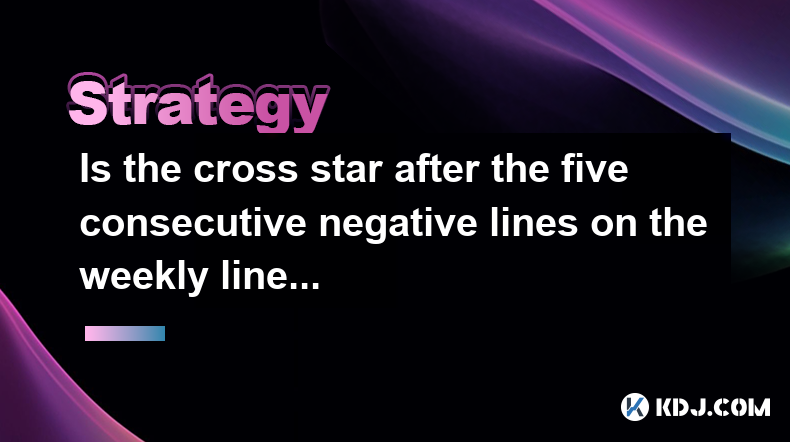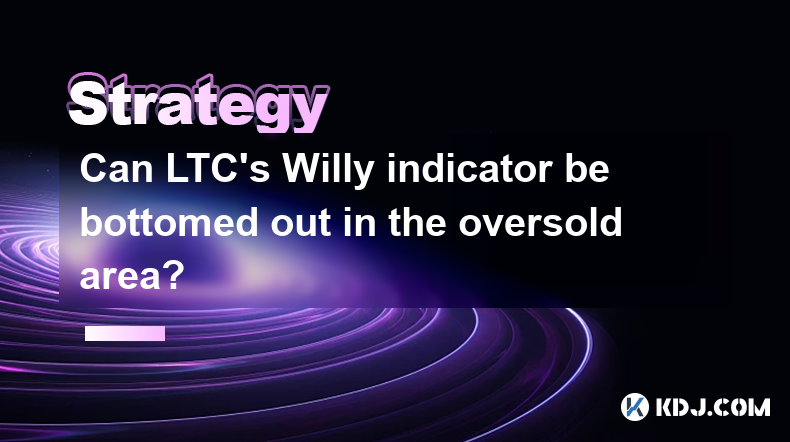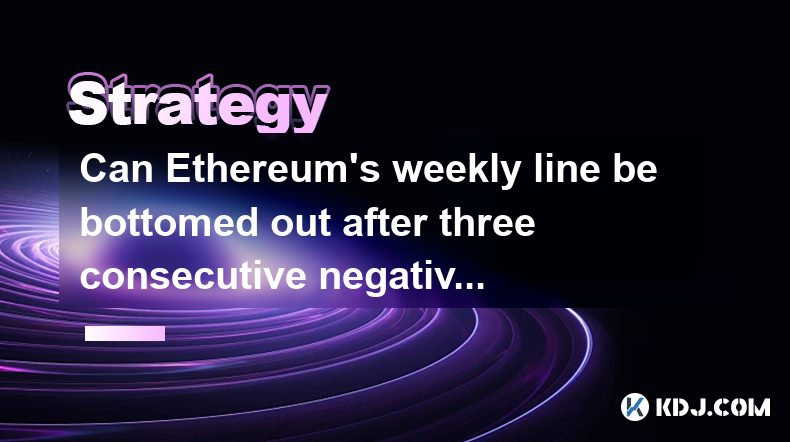-
 Bitcoin
Bitcoin $92,857.3496
-1.03% -
 Ethereum
Ethereum $1,750.4828
-2.45% -
 Tether USDt
Tether USDt $1.0005
0.05% -
 XRP
XRP $2.1885
-2.18% -
 BNB
BNB $597.4359
-1.69% -
 Solana
Solana $149.8729
-1.30% -
 USDC
USDC $1.0000
0.01% -
 Dogecoin
Dogecoin $0.1788
-0.25% -
 Cardano
Cardano $0.7255
3.02% -
 TRON
TRON $0.2464
0.28% -
 Sui
Sui $3.2757
10.22% -
 Chainlink
Chainlink $14.8489
-0.12% -
 Avalanche
Avalanche $22.0620
-1.11% -
 Stellar
Stellar $0.2755
2.43% -
 UNUS SED LEO
UNUS SED LEO $9.2218
1.65% -
 Toncoin
Toncoin $3.1533
-0.18% -
 Shiba Inu
Shiba Inu $0.0...01341
-1.13% -
 Hedera
Hedera $0.1856
1.66% -
 Bitcoin Cash
Bitcoin Cash $349.6685
-3.25% -
 Polkadot
Polkadot $4.1453
0.80% -
 Litecoin
Litecoin $82.8054
-1.43% -
 Hyperliquid
Hyperliquid $17.9889
-3.15% -
 Dai
Dai $1.0001
0.00% -
 Bitget Token
Bitget Token $4.4327
-1.75% -
 Ethena USDe
Ethena USDe $0.9995
0.02% -
 Pi
Pi $0.6476
-1.41% -
 Monero
Monero $227.9399
-0.28% -
 Uniswap
Uniswap $5.8086
-3.78% -
 Pepe
Pepe $0.0...08567
-4.18% -
 Aptos
Aptos $5.4495
1.50%
Is the cross star after the five consecutive negative lines on the weekly line of XRP a bottoming signal?
The cross star on XRP's weekly chart after five negative lines may signal a bottom, but traders should look for volume, support levels, and confirmation for reliability.
Apr 24, 2025 at 04:21 pm

The analysis of the XRP weekly chart and the appearance of a cross star following five consecutive negative lines is a topic that garners significant interest among cryptocurrency traders and analysts. In this article, we will delve into the specifics of this pattern and explore whether it can be considered a reliable bottoming signal for XRP.
Understanding the Weekly Chart of XRP
The weekly chart of XRP provides a broader perspective on the cryptocurrency's price movements compared to daily or hourly charts. It helps traders identify long-term trends and potential reversal points. When analyzing XRP's weekly chart, it is crucial to pay attention to patterns that may indicate a change in market sentiment.
Five Consecutive Negative Lines on the Weekly Chart
Five consecutive negative lines on the weekly chart of XRP indicate a prolonged bearish trend. This pattern suggests that sellers have been dominant over buyers for an extended period, pushing the price of XRP downwards. Such a consistent decline can lead to increased pessimism among investors, but it can also signal that the market may be nearing a point of exhaustion.
The Appearance of a Cross Star
A cross star is a candlestick pattern that appears when the opening and closing prices are very close to each other, resulting in a small body with long upper and lower shadows. This pattern often indicates indecision in the market, as neither bulls nor bears can gain a significant advantage. When a cross star appears after a series of negative lines, it can suggest that the downward momentum is weakening, and a potential reversal may be on the horizon.
Analyzing the Cross Star as a Bottoming Signal
To determine if the cross star after five consecutive negative lines on XRP's weekly chart is a reliable bottoming signal, we need to consider several factors:
- Volume: A significant increase in trading volume accompanying the cross star can indicate strong market interest and support the potential for a reversal.
- Support Levels: If the cross star forms near a known support level, it adds credibility to the notion that the price may have bottomed out.
- Confirmation: A subsequent bullish candle following the cross star can provide confirmation that the bottoming process is underway.
Historical Precedents and XRP
Examining historical data of XRP can provide insights into the effectiveness of the cross star pattern as a bottoming signal. Traders often look at past instances where similar patterns have appeared and assess the subsequent price action. For XRP, if previous occurrences of a cross star after five negative lines have led to price recoveries, it strengthens the case for the current pattern being a bottoming signal.
Technical Indicators and Additional Confirmation
In addition to the cross star pattern, traders may use various technical indicators to confirm a potential bottoming signal. Some commonly used indicators include:
- Relative Strength Index (RSI): If the RSI is in oversold territory (typically below 30) and begins to turn upwards, it can signal that the selling pressure is diminishing.
- Moving Averages: A bullish crossover of shorter-term moving averages over longer-term ones can provide additional confirmation of a potential trend reversal.
- MACD (Moving Average Convergence Divergence): A bullish divergence on the MACD, where the price makes a lower low but the MACD makes a higher low, can also suggest a potential bottom.
Market Sentiment and External Factors
Market sentiment plays a crucial role in the effectiveness of any technical pattern. For XRP, factors such as regulatory news, partnerships, and overall market conditions can influence whether the cross star after five negative lines will lead to a bottoming out. Traders should remain aware of these external factors and incorporate them into their analysis.
Practical Steps for Traders
For traders looking to capitalize on the potential bottoming signal indicated by the cross star after five consecutive negative lines on XRP's weekly chart, here are some practical steps to consider:
- Monitor the Chart: Keep a close eye on the weekly chart of XRP to observe any subsequent price action following the cross star.
- Set Alerts: Use trading platforms to set price alerts near key support levels or resistance levels to stay informed of potential breakouts or breakdowns.
- Risk Management: Implement strict risk management strategies, such as setting stop-loss orders, to protect against the possibility that the bottoming signal may not materialize.
- Diversify: Consider diversifying your portfolio to mitigate risk, as relying solely on one technical pattern can be risky.
Frequently Asked Questions
Q: Can the cross star pattern be considered a reliable bottoming signal for other cryptocurrencies besides XRP?
A: The reliability of the cross star pattern as a bottoming signal can vary across different cryptocurrencies. While it may be effective for XRP, traders should conduct thorough analysis on the specific cryptocurrency they are interested in, considering its historical price action and market dynamics.
Q: How long should traders wait for confirmation after the appearance of a cross star on the weekly chart?
A: The timeframe for confirmation can vary, but traders often look for confirmation within one to three weeks following the appearance of the cross star. This can be in the form of a bullish candle or other technical indicators signaling a trend reversal.
Q: Are there any other candlestick patterns that traders should watch for in conjunction with the cross star?
A: Yes, traders should also pay attention to patterns such as the hammer, bullish engulfing, and morning star, which can provide additional confirmation of a potential bottoming signal when they appear in conjunction with the cross star.
Q: How can traders differentiate between a false bottoming signal and a genuine one?
A: Differentiating between a false and genuine bottoming signal requires a combination of technical analysis, volume analysis, and an understanding of market sentiment. A genuine bottoming signal is often accompanied by increased volume, confirmation from other technical indicators, and a shift in market sentiment towards optimism.
Disclaimer:info@kdj.com
The information provided is not trading advice. kdj.com does not assume any responsibility for any investments made based on the information provided in this article. Cryptocurrencies are highly volatile and it is highly recommended that you invest with caution after thorough research!
If you believe that the content used on this website infringes your copyright, please contact us immediately (info@kdj.com) and we will delete it promptly.
- The market doesn't know what to make of Nvidia (NASDAQ: NVDA) stock right now
- 2025-04-25 00:30:11
- Coinbase and PayPal Have Expanded Their Partnership to Offer Free Conversions Between PYUSD and US Dollars
- 2025-04-25 00:30:11
- Beyond, Inc. Executive Chairman Marcus Lemonis — who also recently took on the role of Principal Executive Officer — is making good on his promise to shift the company’s focus toward “an affinity and data monetization model with a strong technology focus.
- 2025-04-25 00:25:12
- Coinbase (COIN) will introduce free conversions between PayPal's PYUSD stablecoin and the U.S. currency
- 2025-04-25 00:25:12
- A popular anonymous crypto pundit has shared a roadmap outlining how XRP could surge from $2.15 to $1,000.
- 2025-04-25 00:20:12
- New Hampshire Advances Bill to Allow State to Invest in Digital Assets and Precious Metals
- 2025-04-25 00:20:12
Related knowledge

Is the increase in LINK's net outflow from exchanges a positive signal?
Apr 24,2025 at 02:35pm
The recent increase in LINK's net outflow from exchanges has sparked discussions within the cryptocurrency community about its implications for the token's future performance. LINK, the native token of the Chainlink decentralized oracle network, has seen a notable shift in its net outflow from exchanges, which many interpret as a positive signal. This a...

Is LTC's UTXO age distribution useful for judging buying and selling points?
Apr 23,2025 at 05:42pm
Is LTC's UTXO age distribution useful for judging buying and selling points? Understanding the UTXO (Unspent Transaction Output) age distribution of Litecoin (LTC) can provide valuable insights into the behavior of its holders and potentially help in making informed decisions about buying and selling points. The UTXO age distribution refers to the age o...

Can LTC's Willy indicator be bottomed out in the oversold area?
Apr 24,2025 at 01:43pm
Understanding the Willy IndicatorThe Willy indicator, also known as the Willy ratio, is a technical analysis tool used in the cryptocurrency market to gauge the sentiment of a particular asset, in this case, Litecoin (LTC). It is calculated by dividing the total trading volume of an asset by its market capitalization. The resulting ratio helps traders u...

Can Ethereum's weekly line be bottomed out after three consecutive negatives?
Apr 24,2025 at 10:56am
In the dynamic world of cryptocurrencies, understanding market trends and patterns is crucial for investors and traders alike. One of the significant aspects of technical analysis in this field is the examination of weekly line charts, particularly for major cryptocurrencies like Ethereum. The question of whether Ethereum's weekly line can be bottomed o...

Where can I find the current average holding cost of XRP in the market?
Apr 22,2025 at 11:00pm
Where can I find the current average holding cost of XRP in the market? Finding the current average holding cost of XRP in the market can be a challenging task, as this information is not readily available on most mainstream cryptocurrency platforms. However, there are several methods and resources that you can use to estimate this figure. In this artic...

What should I do if LINK's NVT signal diverges?
Apr 24,2025 at 04:14am
When the NVT (Network Value to Transactions) signal for LINK (Chainlink) diverges, it can be a significant indicator for investors and traders to take action. The NVT ratio is a valuation metric used in the cryptocurrency space to assess whether a cryptocurrency is overvalued or undervalued based on its network activity. A divergence in the NVT signal s...

Is the increase in LINK's net outflow from exchanges a positive signal?
Apr 24,2025 at 02:35pm
The recent increase in LINK's net outflow from exchanges has sparked discussions within the cryptocurrency community about its implications for the token's future performance. LINK, the native token of the Chainlink decentralized oracle network, has seen a notable shift in its net outflow from exchanges, which many interpret as a positive signal. This a...

Is LTC's UTXO age distribution useful for judging buying and selling points?
Apr 23,2025 at 05:42pm
Is LTC's UTXO age distribution useful for judging buying and selling points? Understanding the UTXO (Unspent Transaction Output) age distribution of Litecoin (LTC) can provide valuable insights into the behavior of its holders and potentially help in making informed decisions about buying and selling points. The UTXO age distribution refers to the age o...

Can LTC's Willy indicator be bottomed out in the oversold area?
Apr 24,2025 at 01:43pm
Understanding the Willy IndicatorThe Willy indicator, also known as the Willy ratio, is a technical analysis tool used in the cryptocurrency market to gauge the sentiment of a particular asset, in this case, Litecoin (LTC). It is calculated by dividing the total trading volume of an asset by its market capitalization. The resulting ratio helps traders u...

Can Ethereum's weekly line be bottomed out after three consecutive negatives?
Apr 24,2025 at 10:56am
In the dynamic world of cryptocurrencies, understanding market trends and patterns is crucial for investors and traders alike. One of the significant aspects of technical analysis in this field is the examination of weekly line charts, particularly for major cryptocurrencies like Ethereum. The question of whether Ethereum's weekly line can be bottomed o...

Where can I find the current average holding cost of XRP in the market?
Apr 22,2025 at 11:00pm
Where can I find the current average holding cost of XRP in the market? Finding the current average holding cost of XRP in the market can be a challenging task, as this information is not readily available on most mainstream cryptocurrency platforms. However, there are several methods and resources that you can use to estimate this figure. In this artic...

What should I do if LINK's NVT signal diverges?
Apr 24,2025 at 04:14am
When the NVT (Network Value to Transactions) signal for LINK (Chainlink) diverges, it can be a significant indicator for investors and traders to take action. The NVT ratio is a valuation metric used in the cryptocurrency space to assess whether a cryptocurrency is overvalued or undervalued based on its network activity. A divergence in the NVT signal s...
See all articles























































































